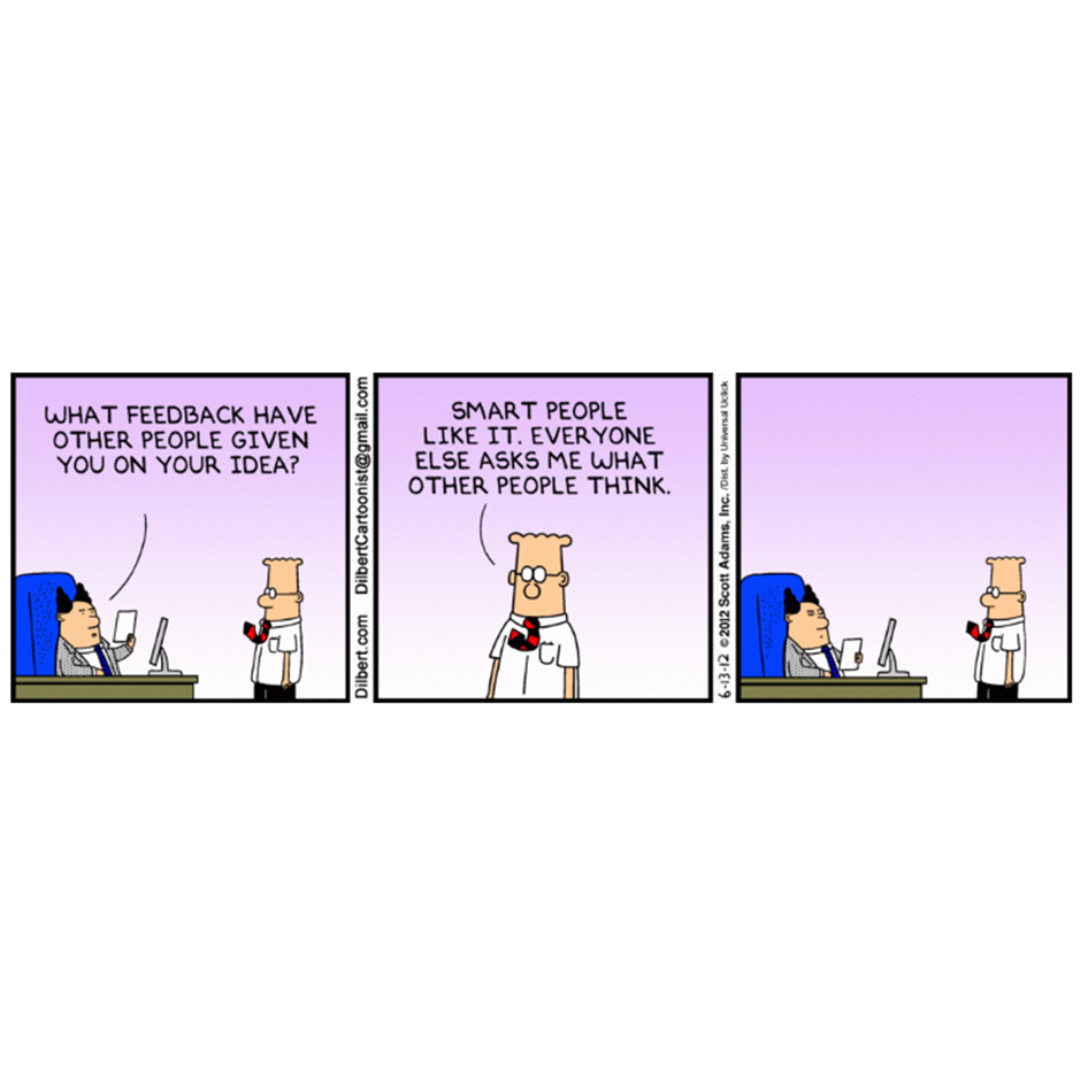The Data-Driven Guide to Workplace Communication and Feedback
Effective communication and meaningful feedback are cornerstones of organisational success. By combining clear strategies with HR analytics, these skills can be transformed into strategic strengths. Let’s explore how, through the lens of Bob and John—friends and managers at different companies with contrasting approaches to communication and feedback.
The Foundation of Effective Communication
Understand Preferred Communication Channels
Analytics can reveal your team’s preferred platforms for engagement. For example, Bob and John both oversee teams in fast-paced environments. Bob relied heavily on email, unaware that his team preferred Slack for quick updates. Meanwhile, John analysed communication data and switched to Slack, increasing response rates by 40%.
Track responsiveness and flow
Measuring response times and engagement levels allows you to identify inefficiencies. Bob noticed his Friday afternoon updates were often ignored, delaying projects. After tracking data, he started sending updates on Wednesday mornings, improving team responsiveness. John, already leveraging analytics, maintained consistent engagement by timing his communications strategically.
Spot Collaboration Gaps
Data can uncover gaps in teamwork. Bob’s team rarely interacted with other departments, causing inefficiencies. He introduced weekly interdepartmental meetings after discovering this gap through analytics. John, on the other hand, used data to strengthen existing partnerships, doubling project efficiency.
Choosing the Right Feedback Method
Feedback is most effective when adapted to your organisation’s needs. Here are three key methods:
The Sandwich Method 🥪
This approach balances positives and negatives. Bob’s feedback often felt insincere: “Your work is fine, but there are areas for improvement.” In contrast, John balanced praise and constructive points effectively: “Your leadership was excellent in the last project. To grow, let’s focus on prioritising tasks. Keep up the creativity!”
The CEDAR Model🌲
Structured methods like CEDAR link feedback to actions: Context, Examples, Diagnosis, Action, and Review. John utilised this structured approach: “Last quarter (Context), your missed deadlines (Examples) slowed deliverables (Diagnosis). Let’s create a time-tracking plan (Action) and review progress weekly (Review).” Bob’s unstructured feedback left his team uncertain and demotivated.
Forward-Focused Feedback ⏩
Future-orientated feedback builds confidence. While Bob often focused on past mistakes, frustrating his team, John emphasised goals: “Next quarter, let’s focus on early task completion. How can I support you?” This future-orientated feedback inspired confidence and growth.
How HR Analytics Makes a Difference
Monitor Feedback Effectiveness: Analytics help measure the impact of feedback on team performance. Bob realised his feedback was too vague after analytics showed stagnation in performance. John’s data-driven feedback consistently improved outcomes.
Track Engagement Trends: Data revealed that Bob’s team preferred one-on-one feedback sessions over group meetings, leading to improved morale. John also used engagement trends to refine his methods, keeping feedback relevant.
Empower Leadership: John’s analytics-powered approach fostered a culture of growth and collaboration. Bob, inspired by John, began incorporating data to align his feedback with team goals.
Understanding Data’s context is crucial. Imagine Bob presenting data showing a 30% drop in team productivity. Without context, his team feels demoralized. John, however, reviews historical data and highlights a similar recovery, inspiring confidence and action.
Sharing insights in a way that resonates with your audience, like John does, can lead to vastly different outcomes compared to Bob’s uninspiring presentations.
Bob and John’s stories show the profound impact of data-driven decision-making. While Bob struggled with outdated methods that led to inefficiencies, John thrived by using HR analytics to uncover hidden trends and optimise his strategies. Bob’s eventual turnaround, inspired by John’s example, highlights how even small adjustments—like choosing the right platform or timing feedback sessions—can lead to remarkable results. With the right tools and mindset, anyone can create a workplace built on growth and collaboration.
Your next move? Be like John: integrate HR analytics into your strategy to transform your workplace communication and feedback into your organisation’s superpower. 💬📊
Looking to customise your analytics services to meet your unique needs?
More Insights










